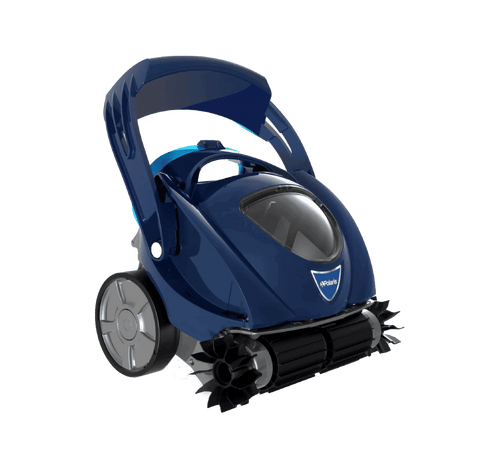You probably already know that your pool pump and pool filter system is easily one of the most important components of your pool. Your pump pulls water from the pool and then pushes it through the filter, which removes dirt and debris, thus helping to maintain clean and sparkling pool water. Fortunately, this essential system generally requires very little maintenance, and by following a few simple steps, you can keep you pool pump and filter functioning optimally.
How Often
In general, pump and filter maintenance should be performed once a week, however there are a few factors to consider when establishing your regular maintenance routine.
Your pool pump’s strainer basket prevents debris from clogging the pump’s important operating parts. Therefore, it’s important to regularly clean out this basket in order to stop debris from piling up and ultimately causing damage to your pump pool. As you would expect, a strainer basket with a smaller volume will fill with debris more quickly than a basket with a larger volume, and will thus need to be cleaned more frequently. For outdoor pools, the time of year and location of your pool can also affect how much debris ends up in the strainer basket. If your pool is surrounded by plants and trees, pollen, leaves, and other natural debris are likely to accumulate quickly in the basket, and may need to be cleaned out every day. Therefore, although once a week is an appropriate cleaning frequency for most pools, it’s best to monitor the strainer basket regularly until you determine an ideal cleaning schedule.
Similarly, most pool filters need to be backwashed about once a week. Backwashing the filter reverses the flow of water through the filter, removing built-up contaminants and debris. In general, when the pressure gauge rises 8-10 PSI above the clean, or start-up pressure, it’s time to backwash the filter. An even more accurate guideline is to clean the filter before the pressure rises by 25% above the clean pressure. For example, if the filter’s clean pressure is 10 PSI then you need to clean the filter when the pressure rises by 12-13 PSI. Keep in mind that every type of filter is different, so it’s important to consult your manufacturer’s directions to determine exactly when and how to clean your filter.
What to Do
- It’s a good idea to begin by checking the filter’s pressure gauge in order to determine if it’s time to backwash your filter.
- For safety purposes, it’s important to switch the pump off before performing any pump maintenance. Some people also like to disconnect the pump from the electric grid as an added precaution. This is also a good time to ensure that the pressure gauge is working correctly. Once the pump is turned off, check that the pressure gauge now reads zero, indicating that it’s providing accurate readings.
- Sweep the area around the pump, and dust off the pump itself, paying particular attention to the vents. The vents are important for keeping the pump motor cool, and major equipment damage can occur if they become clogged with leaves or other debris.
- Open the lid of the pump basket and pull out any debris sitting inside. Feel inside for the opening that connects the pool pump to the basket, and remove any debris that has become lodged in this area as well. At this point, you can also check for any pump damage or leaks. Weekly maintenance is a valuable opportunity to catch and correct minor issues like these, preventing them from developing into major (and potentially expensive) problems.
Have a question about maintaining your pool pump and filter system? You can stop by one of our many locations across Ontario to speak to one of our pool and spa experts.


